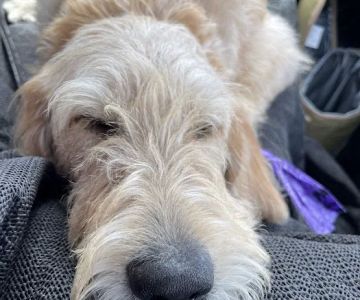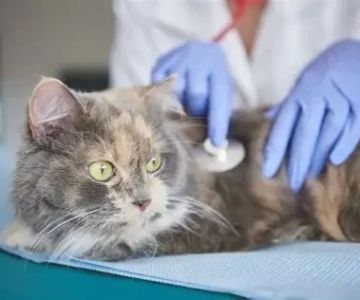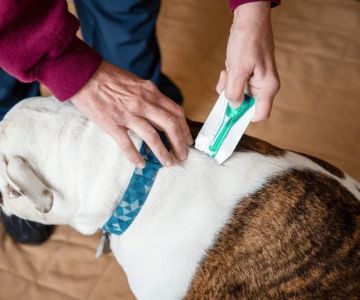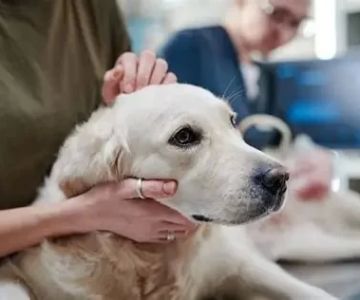How to Handle a Pet Bearded Dragon’s Aggression: Tips and Techniques
- 1. Understanding Bearded Dragon Aggression
- 2. Common Reasons for Aggression in Bearded Dragons
- 3. Techniques to Calm an Aggressive Bearded Dragon
- 4. Creating a Positive Environment for Your Bearded Dragon
- 5. Real-Life Experience: Handling Aggression in Bearded Dragons
1. Understanding Bearded Dragon Aggression
Bearded dragons, like any other pets, can exhibit aggressive behavior. It’s essential to understand that aggression in bearded dragons is usually a response to environmental factors or stress rather than a sign of bad temperament. When your bearded dragon becomes aggressive, it’s important to approach the situation with patience and understanding. This article provides practical tips to manage and reduce aggression in your pet, ensuring a better relationship with your bearded dragon.
2. Common Reasons for Aggression in Bearded Dragons
There are several common reasons why bearded dragons may display aggression:
Territorial Behavior
Bearded dragons are naturally territorial animals. If they feel that their space is being invaded, they may react aggressively, especially towards other pets or even their owners when approached suddenly.
Stress
Stress can trigger aggressive behaviors in bearded dragons. Changes in their environment, such as moving their enclosure or introducing new pets, can make them feel anxious and defensive.
Improper Handling
Bearded dragons may show aggression if they are not handled correctly. Rough handling or excessive handling can cause them to feel threatened and unsafe, leading to biting or hissing.
Health Issues
If your bearded dragon is unwell, it may become more irritable and aggressive. If you notice signs of aggression alongside other symptoms, such as lethargy or lack of appetite, it’s important to seek veterinary care.
3. Techniques to Calm an Aggressive Bearded Dragon
If your bearded dragon exhibits aggressive behavior, there are several methods you can use to calm it down:
1. Provide a Safe and Comfortable Habitat
Ensure that your bearded dragon’s enclosure is appropriately sized, clean, and has the right temperature and humidity levels. Stress is often triggered by environmental factors, so creating a calm, secure environment will help your pet feel safe and reduce aggression.
2. Gradual Handling
When interacting with your bearded dragon, approach it slowly and gently. Gradually increase the amount of time spent handling it to avoid overwhelming it. If your bearded dragon shows signs of stress, such as puffing out its beard or opening its mouth, take a step back and give it space.
3. Positive Reinforcement
Use positive reinforcement to encourage calm behavior. Reward your bearded dragon with treats or affection when it behaves calmly. This will help reinforce positive behavior over time and reduce aggression.
4. Be Patient
Patience is key when dealing with aggression. Bearded dragons may take time to adjust to new environments or routines. Avoid reacting harshly to aggressive behavior, as this can increase stress and worsen the situation.
4. Creating a Positive Environment for Your Bearded Dragon
In addition to managing aggression through handling, it’s essential to foster an environment that promotes relaxation and well-being for your pet:
1. Proper Lighting and Heating
Bearded dragons need proper UVB lighting and a heat source to stay healthy. Improper lighting and temperature can lead to stress and illness, contributing to aggression.
2. Socialization with Other Pets
If you have multiple pets, ensure that your bearded dragon’s space is protected and that it isn’t feeling threatened by other animals. Socializing pets with proper introductions and monitoring will reduce the likelihood of territorial aggression.
3. Regular Feeding Schedule
A consistent feeding schedule is essential for a bearded dragon’s well-being. Ensure your pet is well-fed and hydrated, as hunger can also contribute to irritability and aggression.
5. Real-Life Experience: Handling Aggression in Bearded Dragons
Let me share my experience with a pet bearded dragon I once had. I adopted a juvenile bearded dragon that was quite defensive when I first brought it home. Initially, it would puff out its beard and hiss when I tried to interact. I began by ensuring its habitat was properly set up with adequate heat and UVB light, which helped it feel more secure. I also started handling it gently and for short periods, gradually increasing the time. Over a few weeks, it became much calmer and even began to enjoy the interaction. With patience and the right care, I was able to turn an aggressive pet into a loving companion.
It’s important to remember that every bearded dragon is different, and it may take time for them to adjust to new situations. Be consistent in your approach, and always be patient. With the right techniques, you can manage and reduce aggression in your pet bearded dragon.
6. Learn More About Caring for Your Bearded Dragon
If you're facing challenges with your bearded dragon's aggression or need advice on how to improve its behavior, seeking professional help can make all the difference. Visit Hidden Brook Veterinary for more expert tips on bearded dragon care and training.











